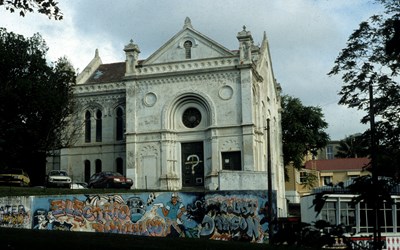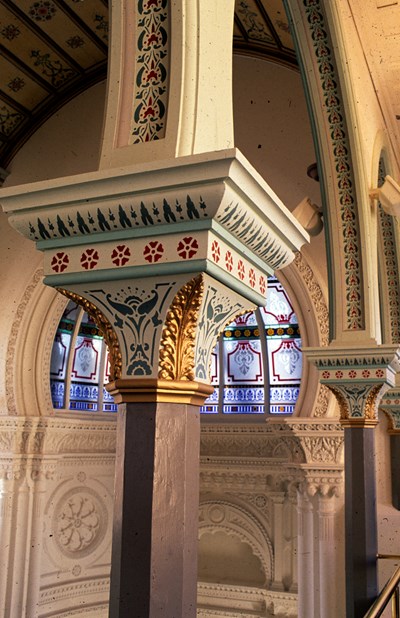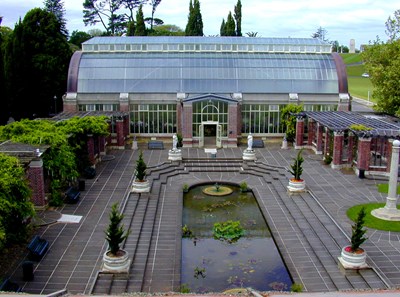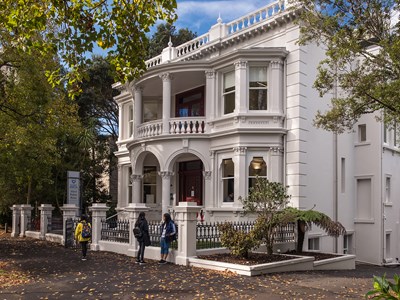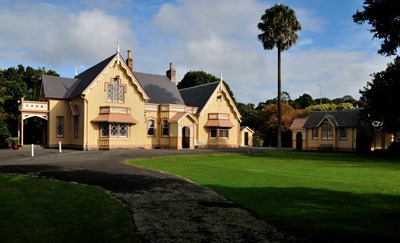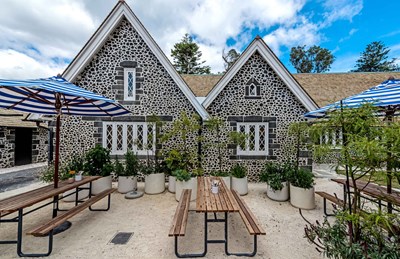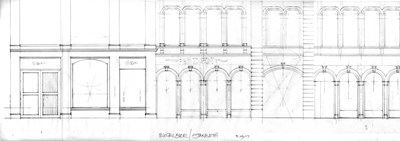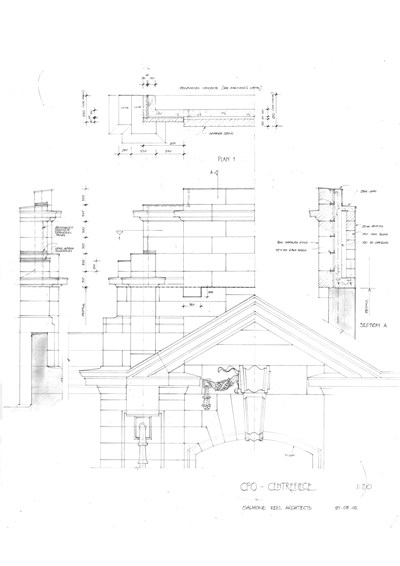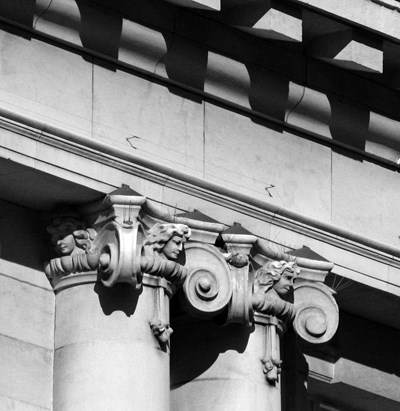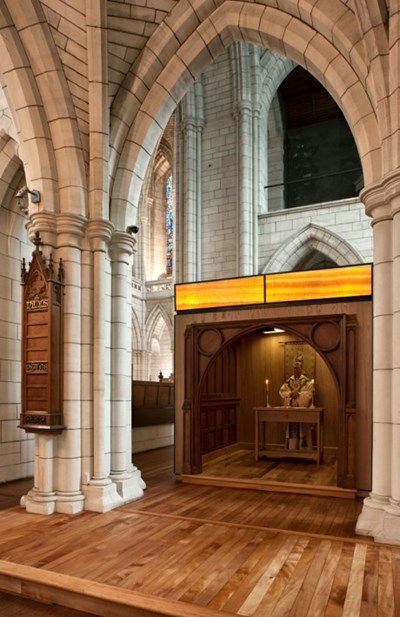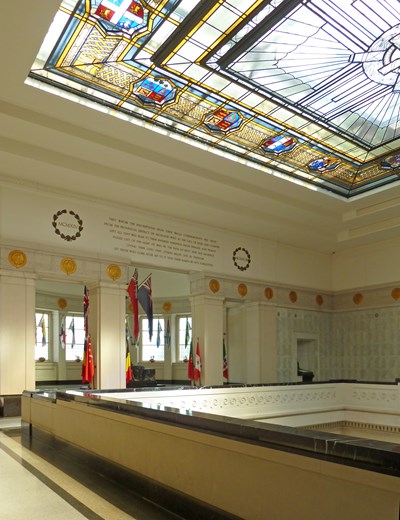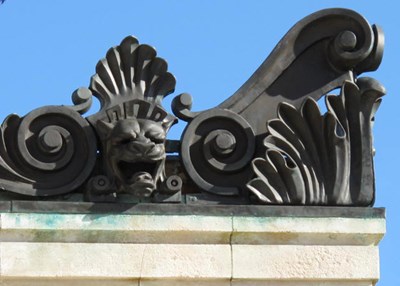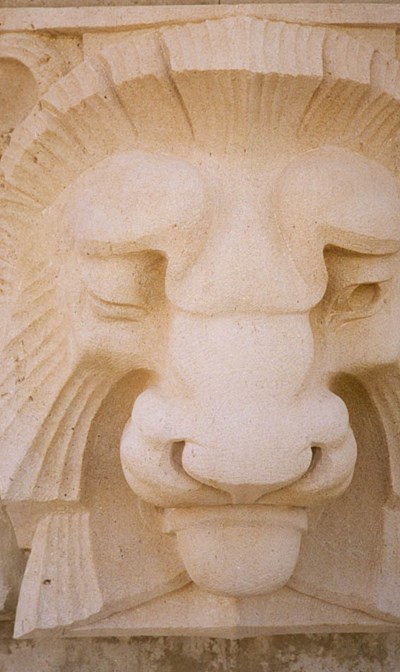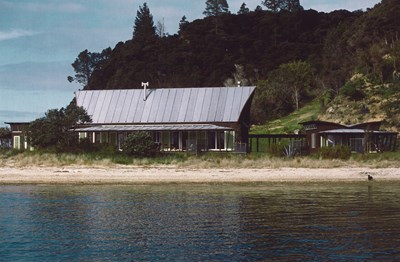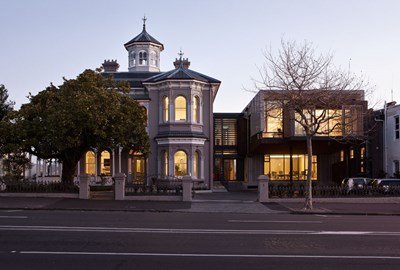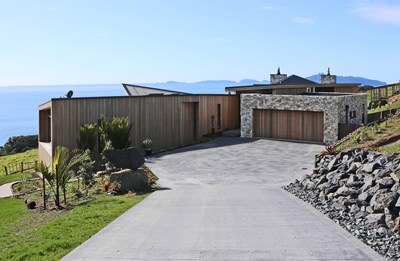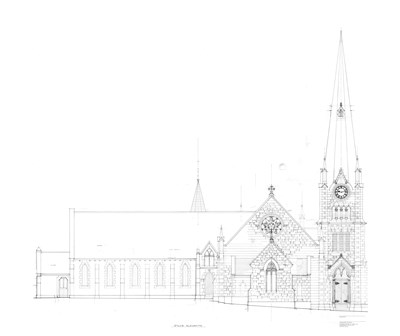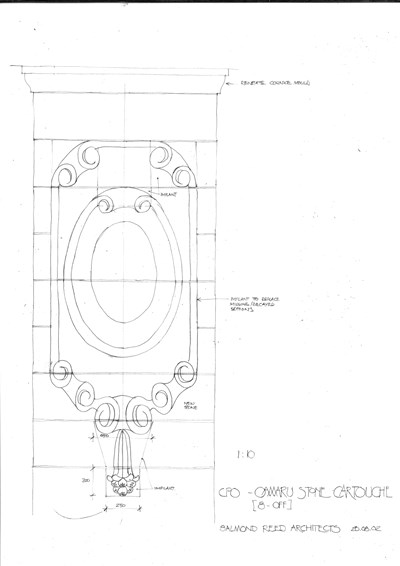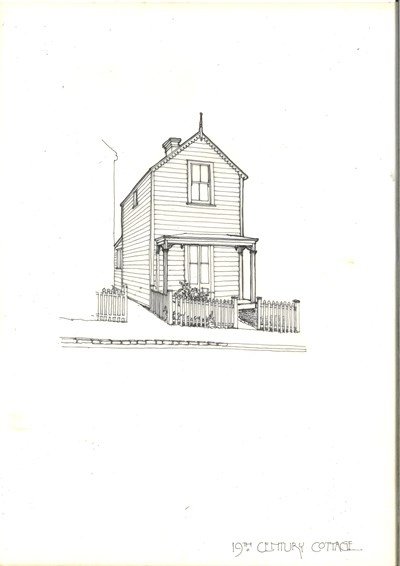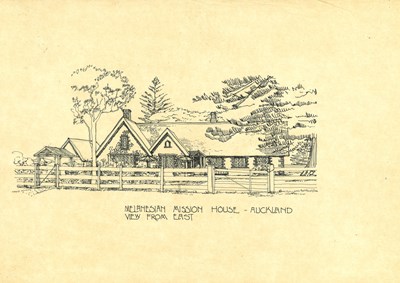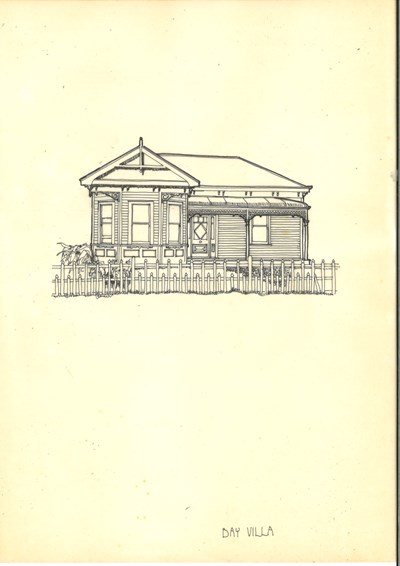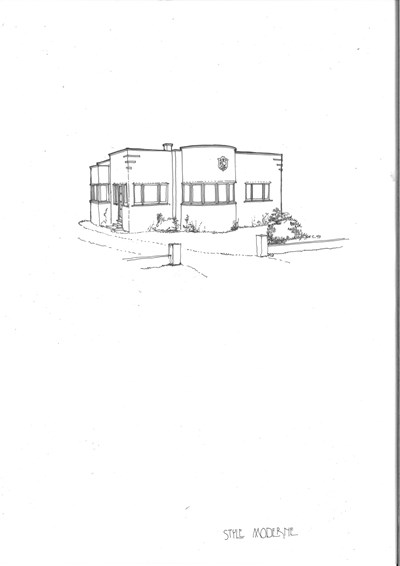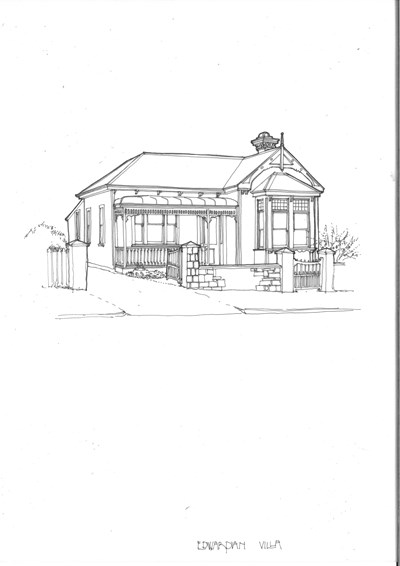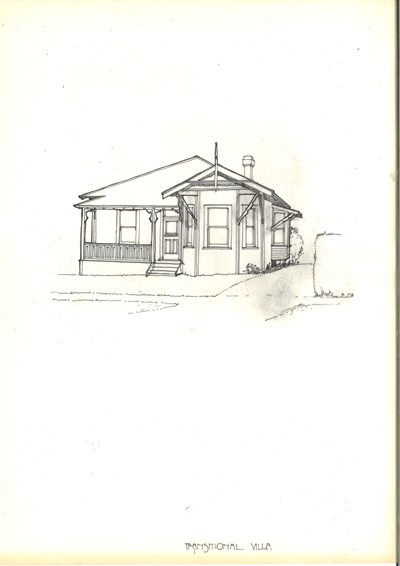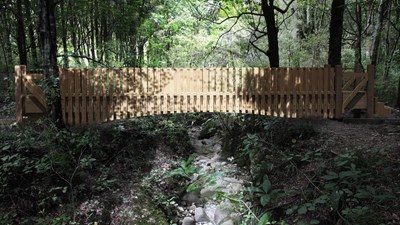2018 Gold Medal: Jeremy Salmond
Jeremy Salmond. Photo: Simon Wilson
Jeremy Salmond is many things – all of them good. He is a deeply knowledgeable and impressively articulate advocate for New Zealand’s heritage; a collegial consultant who has collaborated on numerous significant architectural projects; a wise mentor to generations of young architects; and above all, a principled upholder of the best of architecture’s values and traditions. He is a credit to his profession, and an asset to his society.
Jeremy’s career, which spans nearly five decades, has been sustained by a spirit of inquiry and characterised by a determination to find meaningful solutions to the inter-related problems of heritage conservation and building use. From the start, Jeremy’s practice has been grounded in his commitment to discovering how buildings are put together. He has always emphasised the importance of drawing as a means to architectural understanding. Necessarily, he has been a pioneer in techniques of historical investigation and heritage conservation.
Across the many areas of his practice, Jeremy’s design abilities and all-round design literacy have been of invaluable assistance. His personal qualities – his wit and worldliness, imagination and pragmatism, canniness and integrity, and a courteous disposition that coexists with a resolute nature – have also been integral to his professional success. Jeremy has demonstrated a rare ability to navigate the complex shoals of sensitive and high-profile projects, keeping a steady eye on the destination amidst the distractions of the journey.
Jeremy’s office has contributed to the conservation of many of the country’s most important heritage sites. Early conservation projects included the Pompallier Printing House in Russell, Stone Store in Kerikeri and Mission House on Kawau Island. Auckland would be a much poorer place without Jeremy’s work on city landmarks such as the Civic Theatre, Old Government House, War Memorial Museum, Domain Wintergardens, Art Gallery and former Chief Post Office. In Ngāruawāhia, Jeremy worked on the conservation of Turangawaewae Marae; in Wellington, Sacred Heart Cathedral; in Christchurch, the Arts Centre; in Dunedin, Iona Church. These are just the tips of the Salmond Reed iceberg.
Across the course of his career, Jeremy has forged a path for those committed to the conservation of New Zealand’s architectural heritage. His writing, especially in his ground-breaking book Old New Zealand Houses 1800–1940, but also in many successive publications, has helped New Zealanders appreciate the built history of their country. Jeremy has shaped the development of heritage philosophy, practice and policies through his contribution to and leadership of ICOMOS NZ and other conservation organisations, and the assistance he has given to local authorities, government departments and private clients. His expertise, and tolerance, have been tested many times before the Environment Court.
While he has enormous knowledge of heritage, Jeremy is not a prisoner of history. He has always been acutely aware that for old buildings to have a life they must have contemporary relevance. Jeremy is as much focused on the present and the future as he is on the past. This professional perspective is very much a personal trait, evident in Jeremy’s record of nurturing the careers of young architects who have worked in his office. It also underpins an impressive latter-career project: the development, undertaken with his wife Dame Anne Salmond, of the Longbush Ecosanctuary near Gisborne, an inspiring example, in a time of daunting ecological challenges, of selfless environmental stewardship.
For Jeremy Salmond, architecture has truly been a vocation. With gratitude and admiration, the New Zealand Institute of Architects is pleased to award Jeremy its highest honour, the Gold Medal for career achievement.
– New Zealand Institute of Architects




